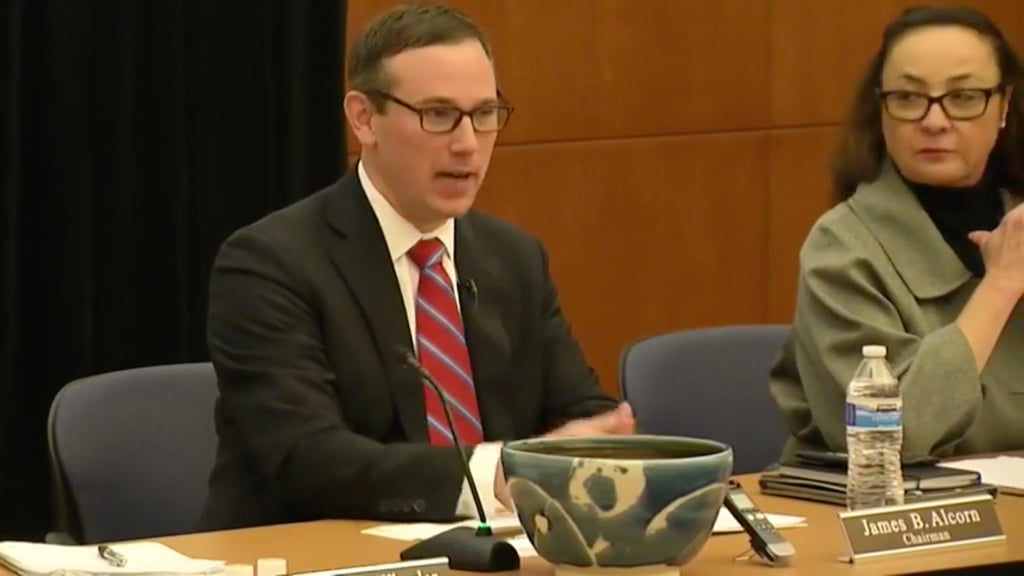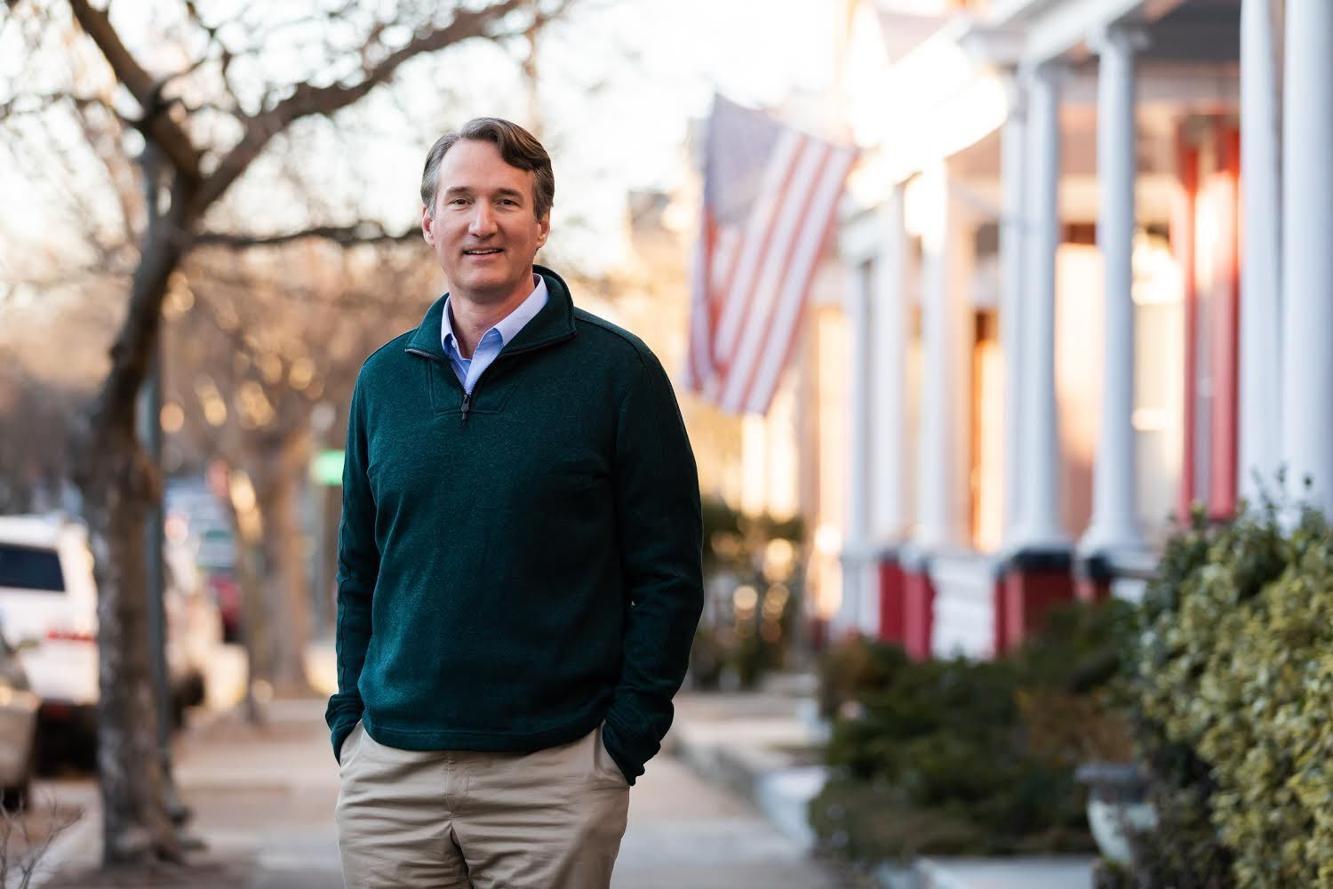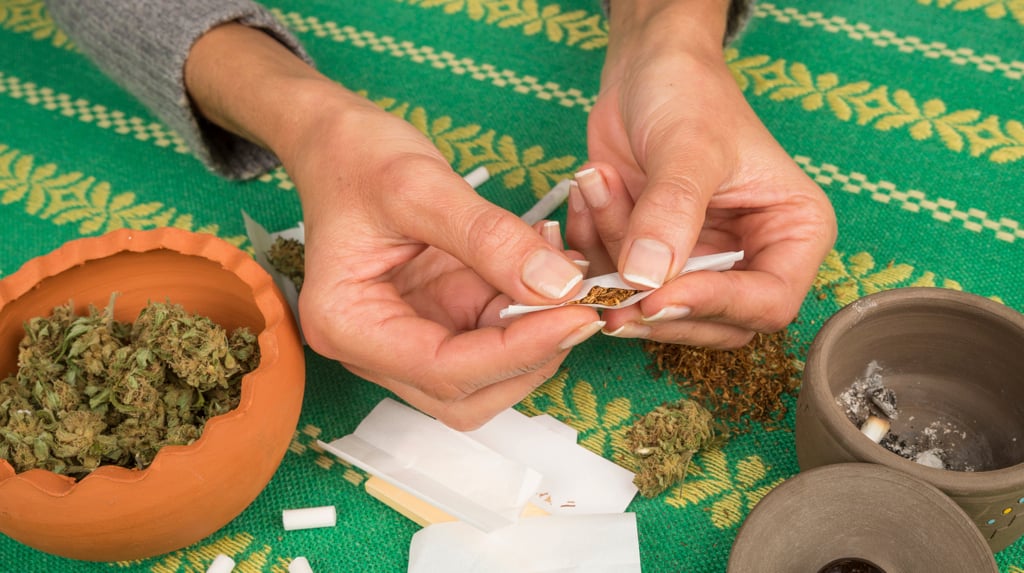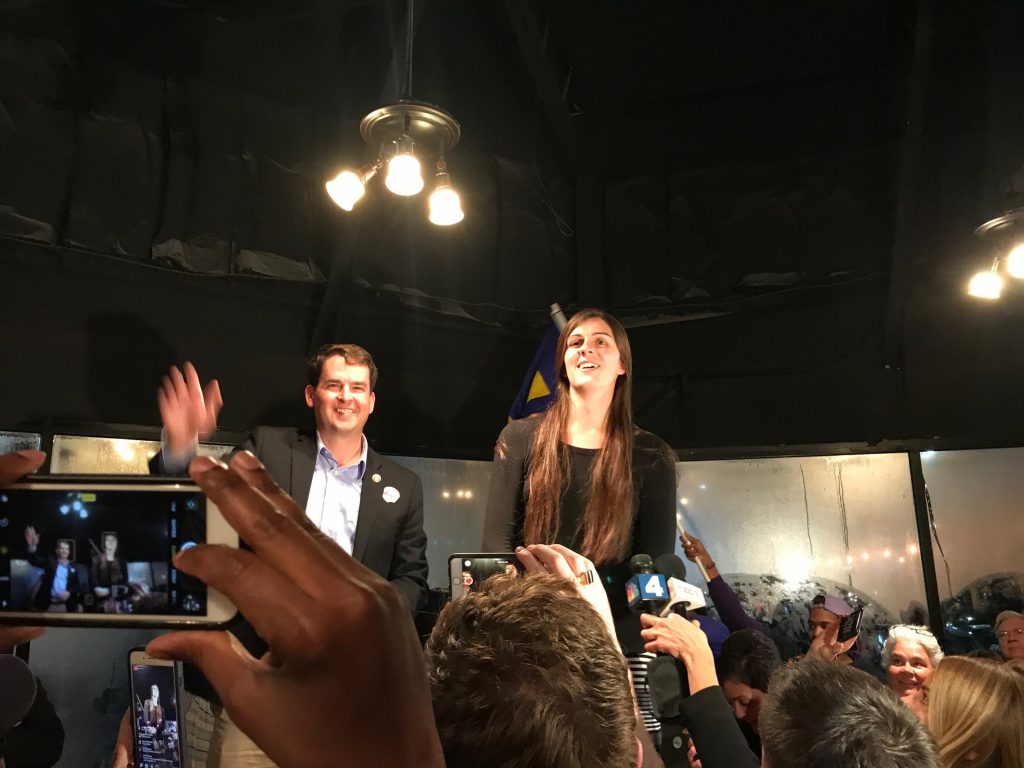The fate of the Virginia House of Delegates could’ve been plucked from something mundane, like a plywood box or a $10 fishbowl from Petco. But with the eyes of the nation fixed on a statehouse race that ended—per what could be the first of multiple recounts—the commonwealth’s bureaucrats went for something a bit more ceramic. David Yancey, a Republican who represents Newport News in the Virginia house, was re-elected on Thursday when James Alcorn, chairman of the commonwealth’s elections board, plucked his name from a ceramic bowl. Yancey will return to Richmond for a fourth term, giving the GOP a one-seat edge in the house, although Democratic challenger Shelly Simonds, who isn’t conceding, could ask for a second recount.
Pottery rarely holds so much influence over politics, but that’s changed for Steven Glass, the artist behind the blue-and-white bowl that was pressed into service after the first recount last month ended in a dead tie. Glass, 66, has been the resident potter at the Virginia Museum of Fine Arts since 1982. He made the bowl in early December, expecting it to put it on on offer later that month in an annual fundraising sale for the museum’s residency program.
Just what does a resident potter do when his work is not being used to determine control of a legislative body? And what happens to the work when it is? Washingtonian spoke with Glass about being the creator of politically relevant ceramics.
Tell me about the bowl.
The bowl is one of the last things I made in 2017. It’s a slight departure from the things I usually make. I usually do the painting and carving before the first firing. I fired this one first. I dipped it in one glaze, did a wax-resistant painting. It’s a very apolitical bowl. It’s a serving bowl.
So how does this serving bowl end up in the hands of elections officials?
They didn’t approach me until the Friday before. [The museum director’s office] said they wanted to look at some bowls. I put out five or six bowls. Then they told me what it was going to be for. We decided unanimously on that bowl because it was deeper. I was pretty flabbergasted.
You usually sell your work or put it on display in museums. What happens to this one now that it’s a historical artifact?
It really dawned on me late in this event that it’s at this point a historical object. I hope I get it back. They didn’t buy it from me. It’s on loan. Before this historical event, it would’ve been $200. I would like to consult with somebody. I don’t have a really big ego about all this stuff. Considering the fact that it might be considered important by other people, the options are to hold on to it and give it to my children, determine a value and donate it to Virginia or the state museum.
Did you watch the drawing?
I did watch the drawing on CNN and was very disappointed not to hear the audio feed. I was told they were very elegant about it. I gave them a condensed bio to refer to my thinking about things and a description of the bowl that describes it in terms people would be able to understand. To have a humble symbol, when you consider the notion of begging bowls, there’s a huge meaning there.
That’s too bad CNN didn’t carry the audio. Still, pretty big day for pottery.
It’s really pretty interesting. It indicates a penetration of the art world into a world we don’t usually associate with, which I think you can attribute to the work they do a the Virginia museum. The staff is hellbent on how important art is. The pottery world, we always feel like we’re the step-child of the art-world, particularly in three-dimensional sculpture.



















